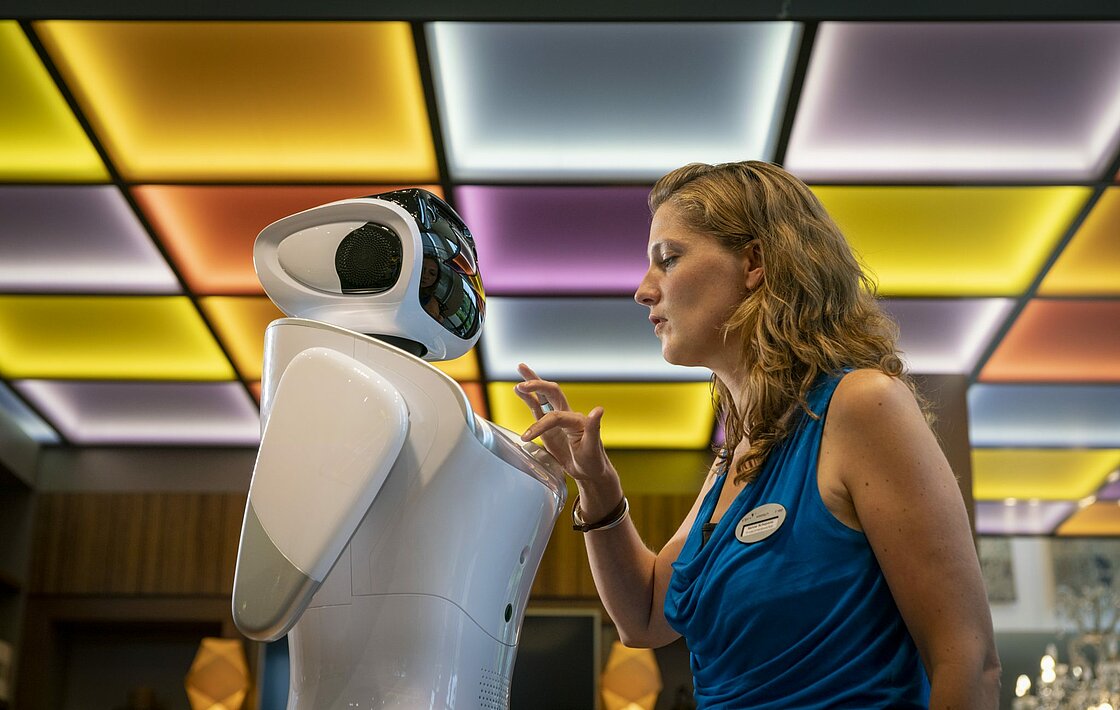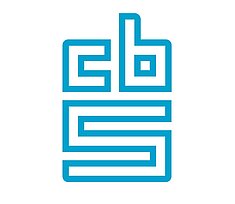Robot Sara: the ever-patient extra hand in long-term care

SARA (Social & Autonomous Robotic health Assistant) aims to create a better work balance for professional caregivers and to provide extra care for clients for whom the staff does not always have time.
That Robot Sara is a welcome addition for institutions in long-term care, no one doubts anymore. But that does not mean that there is a ready-made product by now. The phase of co-creation and co-innovation between the inventors and users will therefore continue for some time. We took a look at both sides, with conversations at SARA Robotics and at care institution Vitalis. “If you want to use artificial intelligence to tackle societal challenges, it helps tremendously if you are in Brainport Eindhoven.”
In various sectors, robots have long passed the stage of experimentation. In fact, applications of artificial intelligence (AI) are increasingly preferred by users over human solutions. Sometimes speed is decisive in this regard, in other cases, it is primarily about the accuracy or simply eliminating ‘stupid’ work. But in places where great creativity or that typical human compassion are involved, the adoption of AI and robotics is much less obvious.
In the healthcare sector, both paths converge: there is a need for extreme accuracy while every second counts, but at the same time the human touch must never be lost. Robot SARA balances exactly on that thin line. And with success, as evidenced by the experiences of over one hundred test users in institutions for long-term care.
On the SARA screen, a Vitalis resident looks spellbound at black-and-white photos of large groups of cyclists on the post-war Philips site at Strijp-S. A little later, on a video, she sees young women working with light bulbs. The images are clearly dated, but for this woman they evoke welcome memories. She immediately imagines herself back in the times of her youth, a feeling that is reinforced by the songs that SARA then plays.
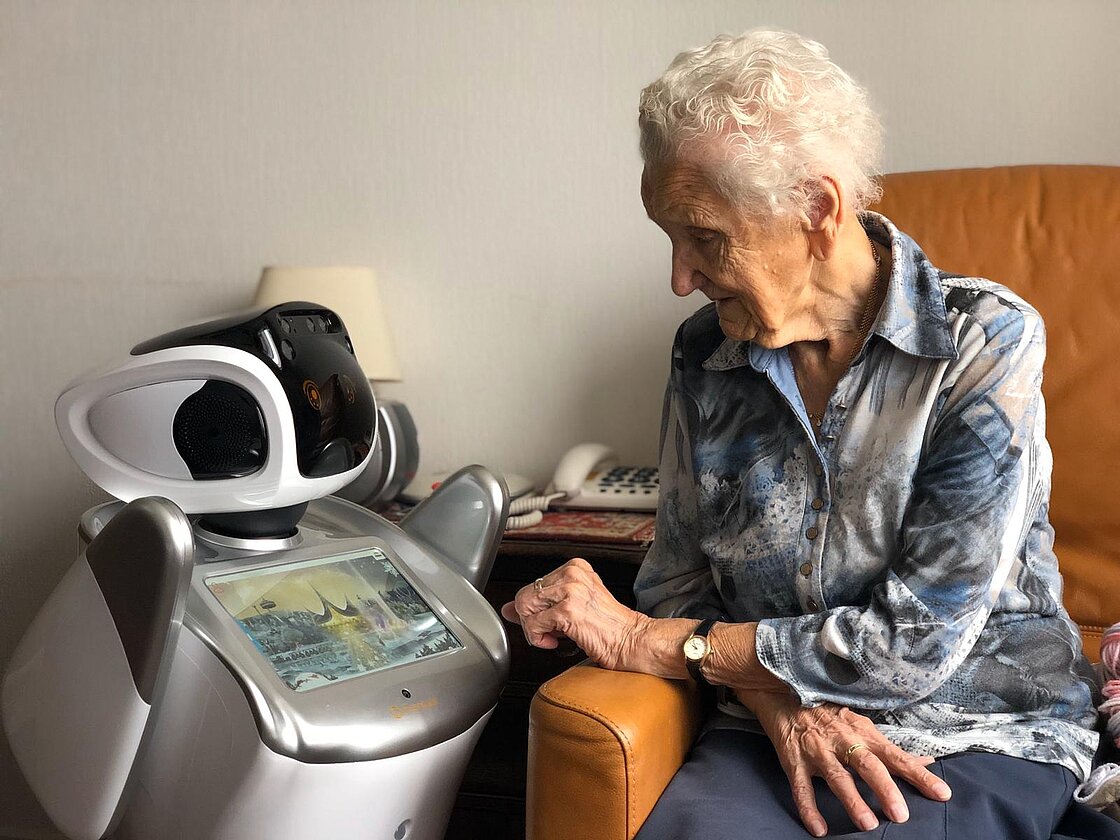
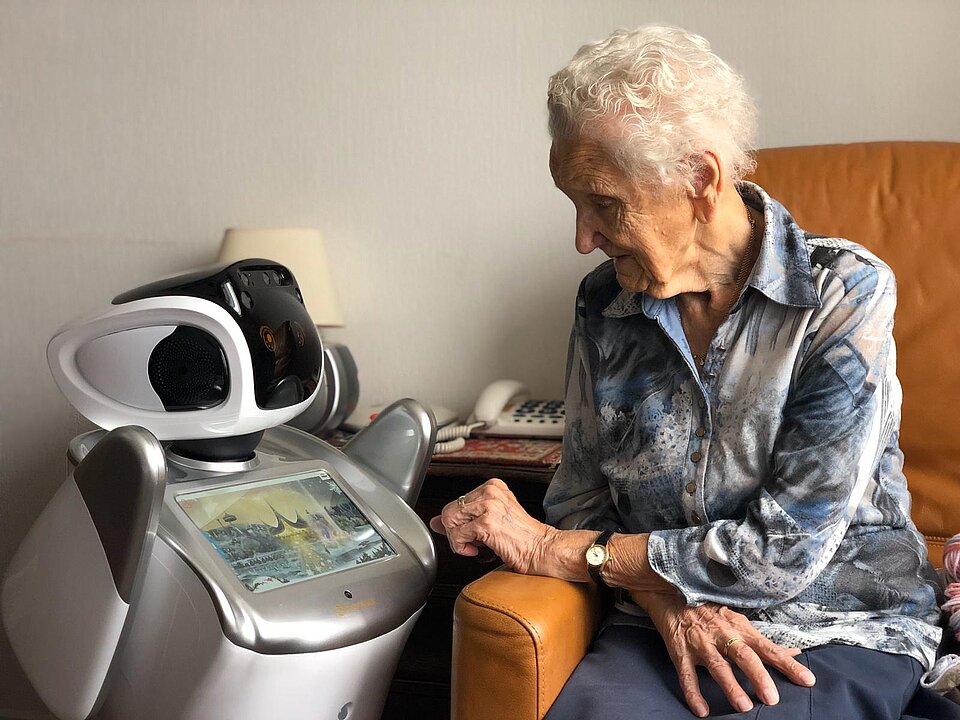
“A great example of how we want to use SARA,” says Sanne Schepens, project leader for Innovation at Vitalis. Although she knows exactly what SARA is capable of, it remains a constant exploration of how the robot can make itself most useful. “Each time we have to ask ourselves how the technology can support warm care. It’s really searching for that balance; one doesn’t replace the other, it’s complementary to each other.”
In doing so, it is important to monitor both the outcome for the clients and for their own staff. “A robot like this obviously affects our colleagues, we have to handle this carefully. With each new deployment, we immediately look at the results. Very often we can immediately conclude that it is worth repeating, but sometimes you feel that something is missing and then we look together how it can be improved. In this way, we quickly realized that the real conversation with the client really cannot be taken over by a robot.”
Entrepreneurship
SARA has been active for almost two years now. Initially, it did so under the banner of Startup Bright Cape and EIT Digital, but recently the initiative has evolved into SARA Robotics. Director Maartje Claassen-Eradus works with eight colleagues on the further growth of the robot. In addition to software development, they focus on new content, supervising the experiments in dozens of healthcare institutions and on sales. “We have consciously chosen to be self-employed, but are very happy that EIT Digital still supports us in this.”
That entrepreneurship can still be quite complicated in times of Corona, she noticed. “But it certainly had positive effects for us as well. The nursing homes were closing, loneliness was on the rise, both trends were giving SARA extra value. We quickly added a simple video function. SARA provided distraction and that was very welcome.”
The past year was mainly used for testing. “SARA stays for the night” became a household name as a result: some 125 times the robot – together with her hundred sisters – was able to stay for a shorter or longer period. The only condition attached was the obligatory feedback on use. “We used this year mainly to learn together with the users,” says Claassen-Eradus. “The great thing is that almost everyone was sorry when SARA had to leave again, and the fact that we ended up with about ten real customers is of course absolutely great.”
Co-creation and co-innovation
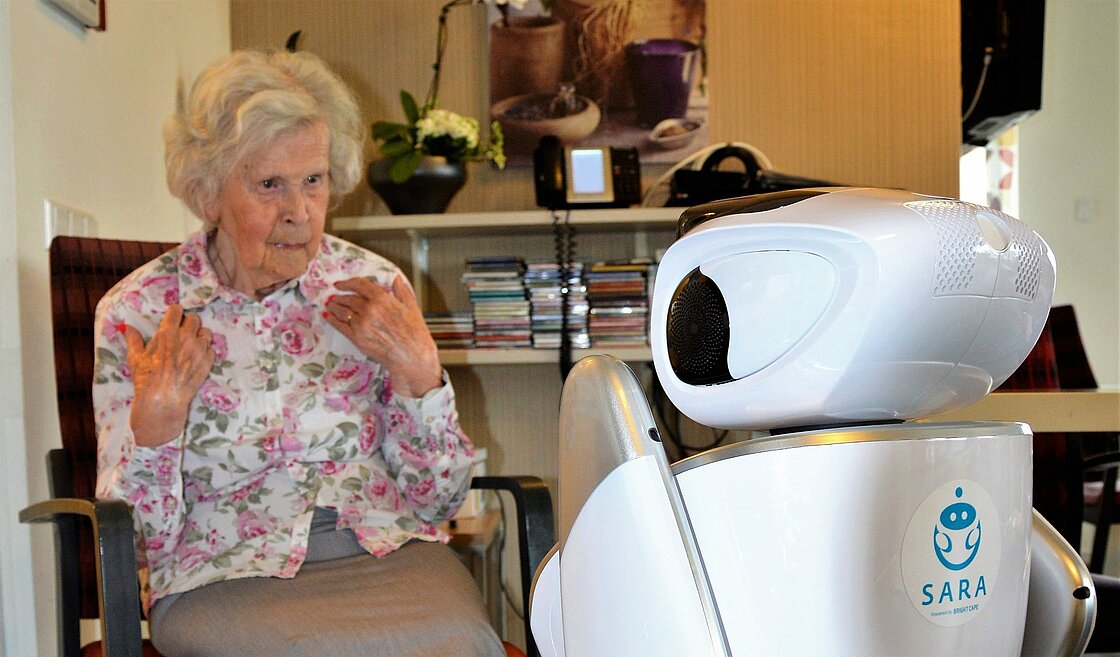
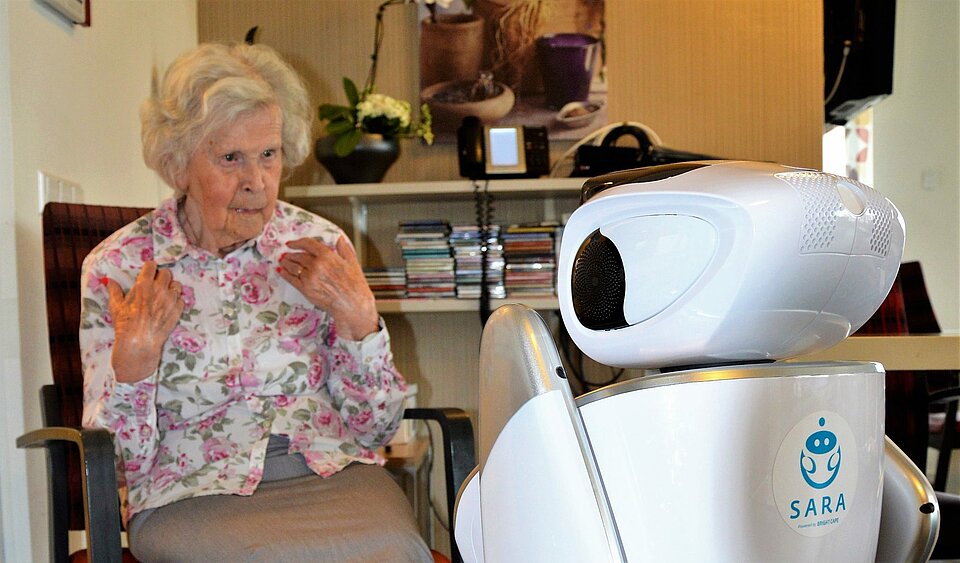
SARA Robotics firmly believes in co-creation and co-innovation. This applies both to the collaboration with healthcare institutions and to the technology. “In that respect, we are really in the right place here in Eindhoven. There are plenty of companies that can help us further, for example with autonomous navigation, facial recognition, or speech training. If there are parties in the area with experience, then we really don’t need to reinvent the wheel. It is then smarter to look for parties with the right expertise. Brainport Eindhoven is a region where AI is at a high level in various aspects, for us that is ideal.” And the name of Eindhoven on our business cards helps us outside the region as well. “The mere fact that we are from here immediately opens all kinds of doors.”
At Vitalis, where seven SARAs are now active, new functionalities are already being considered. One of these is aimed at the night shift. Sanne Schepens: “Clients sometimes get up in the night to go to the bathroom, but then get dressed because they think it’s morning already. SARA could respond by asking this resident to go back to sleep.” Another addition focuses on the “shouting behavior” of some clients. “Think for example of people who ask several times a day when we are going to eat. You can answer each time that it will take a while, but as a staff member, it is difficult to continue to do this each time with the same amount of conviction and calmness. SARA can do that: a robot never loses its patience.”
Business case
Schepens and Claassen-Eradus see the greatest challenge in the business case. The current SARAs at Vitalis are funded by the Philips Foundation, but that is not a sustainable model. Schepens: “Real, large-scale support for care is only possible if we start paying for it ourselves. So that has to come out of our reimbursements based on the Long-Term Care Act, one way or another.”
Although Vitalis cannot wait to expand the project, Schepens also sees that SARA may not be the ideal solution for every institution. “It’s not a ready-made product yet, you have to be open to it as a healthcare institution. And you also have to get your staff on board.” But once that hurdle has been taken, the benefits are immediately apparent. “The most important aspect, as far as I’m concerned, is the increased self-reliance of users. If you need help from a care provider, you feel dependent, but if that help comes from a robot, you’re more likely to feel that you’ve done it all yourself. Great to see how technology can have such wonderful social effects.”
